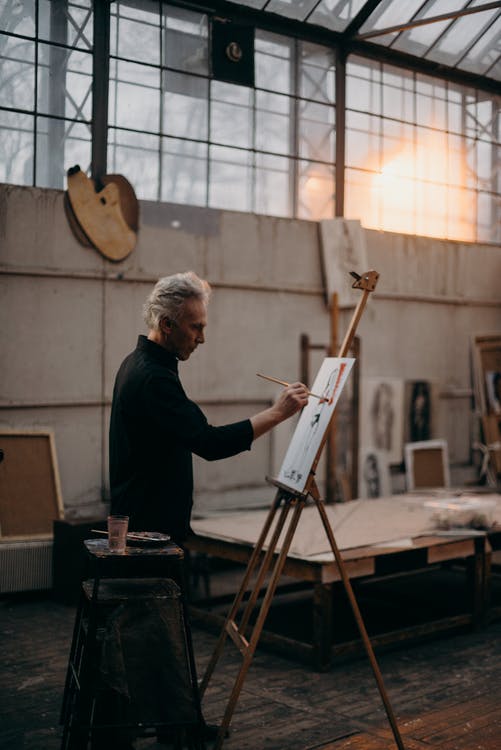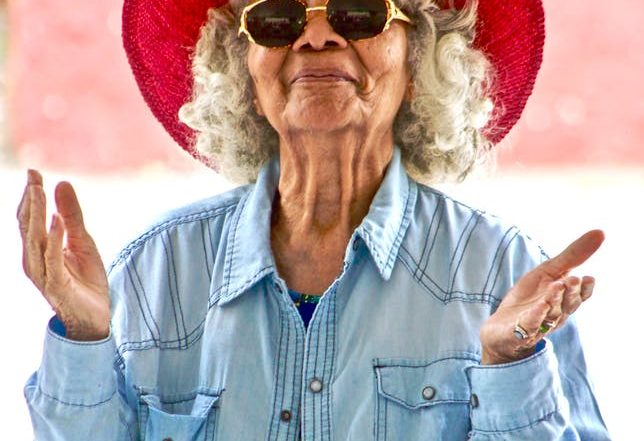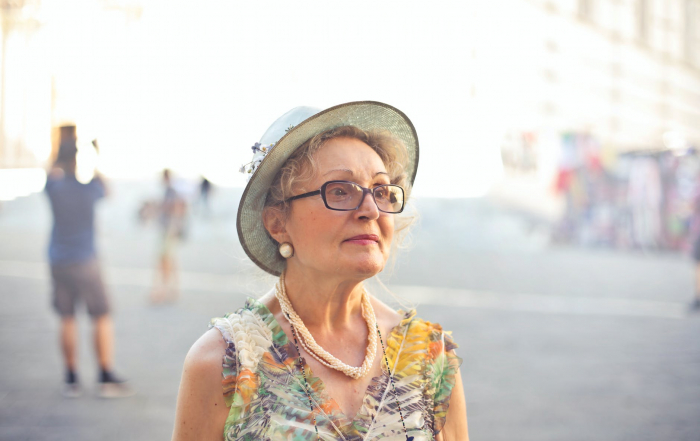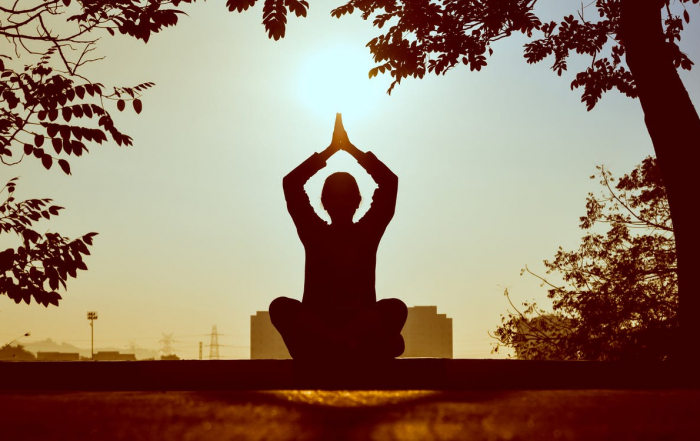Staying creative
Bruce Miller, MD, a behavioural neurologist at University of California, San Francisco Medical Center, tells us:
‘While brains inevitably age, creative abilities do not necessarily deteriorate. Actually, the ageing brain responds well to art by allowing the brain’s two hemispheres to work more in tandem. This ability to use one’s creativity throughout a lifetime and the impact of crystallised intelligence gained from the years of accumulated knowledge and life experiences, help to cultivate the ageing, creative brain.’
Research also tells us that, as we grow older, we may care less about the opinions and expectations of others and this provides us with a freedom to be creatively expressive. Our disinhibition, coupled with our store of knowledge and experience, can mean that our artistic creations become more interesting and more liberated.

While brains age, creative abilities do not
However, people who have had a break from creative hobbies sometimes have a fear they are not good enough anymore. This hurdle can be overcome by focussing on the process of being creative without worrying about the outcome.
Getting started is the key: after the initial inner resistance, we can immerse ourselves in the enjoyment of what we are doing and forget about whether it’s any good.
Both viewing and creating art keeps the brain active and supple, with countless benefits to our health, including improved cognition, playfulness, self-esteem, mindfulness and social engagement together with reduced boredom and anxiety.
Whether we choose art, music, dance, pottery, film or any other creative interest – our personal growth is enhanced as we continue to develop and discover new aspects to our own identity.
Sources:
Art, ageing and keeping it creative, Kristine Ballard 23/01/19: https://kristineballard.com/art-ageing-and-keeping-it-creative-part1/






